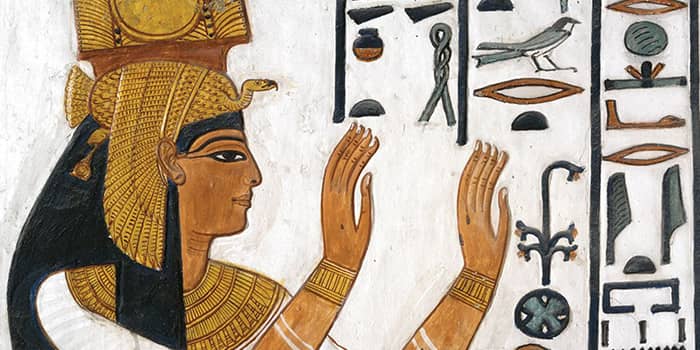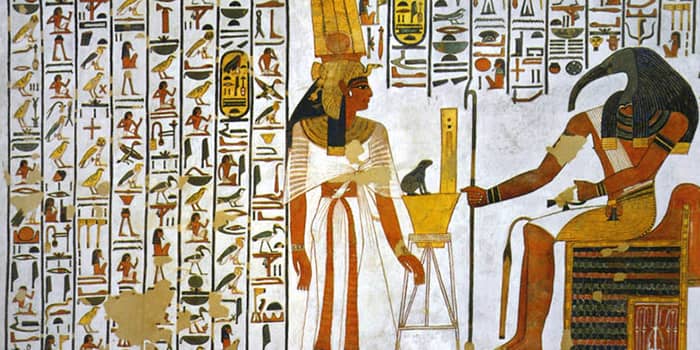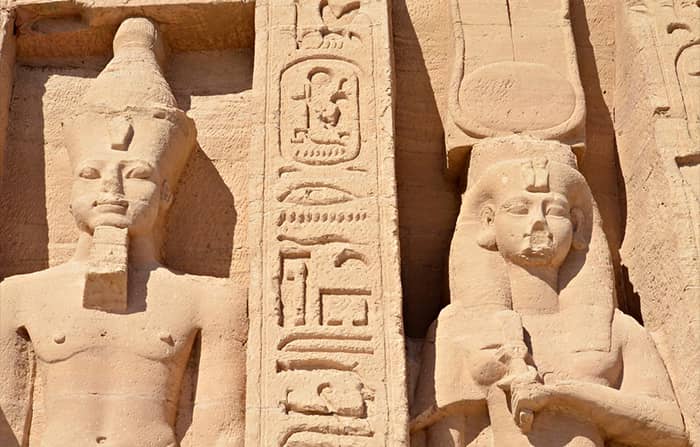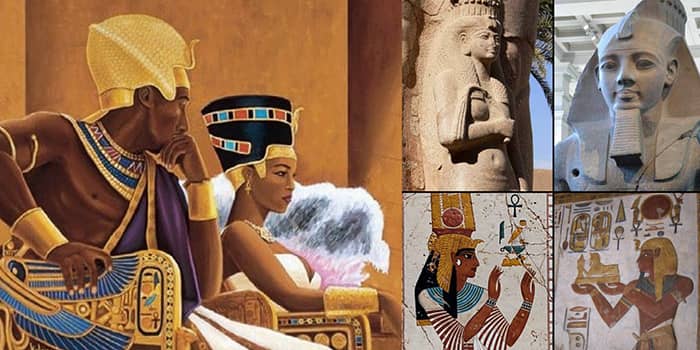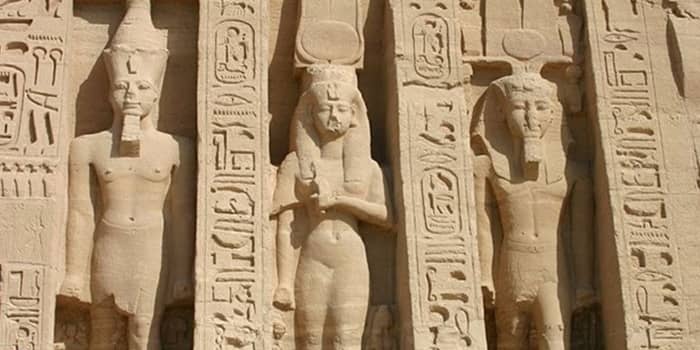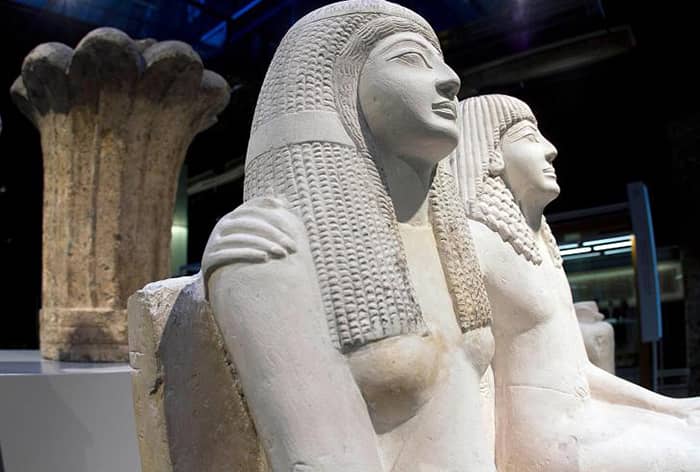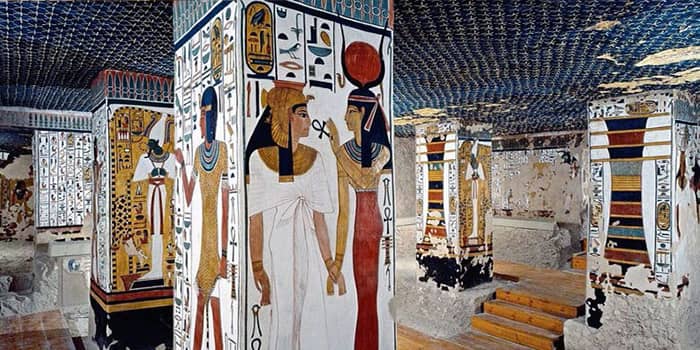Who was Queen Nefertari and what did she do?
Nefertari, one of the most famous Queens from ancient Egypt. She was the first of the Great Royal wives of Ramses the Great of the 19th century; she was renowned for her beauty as they gave her the title of “the beauty of all beauties.” Her full name is Nefertari, meaning “ beautiful companion,” Meritmut, meaning “Beloved of goddess Mut.”
Nefertari facts
-Ramesses II's first wife was Nefertari.
-She was in power for 24 years.
- Queen Nefertari's tomb is the most stunning in the Valley of the Queens.
-Ramsses II's love poetry was discovered inside her tomb.
-Ramsses II built a small temple for Nefertari and Hathor.
Ramses and Nefertari Love Story
Ramses II had several wives and concubines, but Queen Nefertari was his first Royal Wife and the love of his life. The King was very devoted to his Queen Nefertari and obsessed with her beauty. Their love story is one we talk about till today, it was proof that not all the Royal marriages were based on power and alliances, but some come from deep love.
nefertari Abu Simbel (Great and Small Temples)
Ramses’s love for Nefertari was like no other; he was from the first Kings to build a whole temple for his wife. He built her a temple beside his in
Abu Simbel, these two temples are located in Nubia and were relocated to a different location after building the
High Dam of Aswan.
Nefertari Family
Queen Nefertari’s family background is unknown to us, but we know that she comes from a noble family; as she was highly educated, she knew how to read and write hieroglyphs, which was a rare skill at that time. She was also a quiet force behind the throne, especially in foreign affairs.
King Ramses was known for his several children since he lived for almost 100 years.
How Many Sons did Nefertari have?
Nefertari gave birth to 6 of them, four daughters and two sons; it is said that Ramses married one of his daughters from Nefertari. He might have thought of it as a sign of his deep love for her, but it is bizarre.
Queen Nefertari Fate “Death”
- Nefertari died around 1250 BC when she was 40 or 50 years old; her husband was long-lived after her death.
- Her
mummified remains were discovered in her tomb in the Valley of the Queens back in 1904, but it is not currently in Egypt but at the Egyptian Museum in Turin, Italy.
Tomb of Nefertari
It seems like Ramses wanted to show the whole world how special Nefertari was to him. Even her tomb in the Valley of Queens at Thebes is one of the most remarkable tombs in the valley, its walls full of colored paintings and lifelike depictions. You can visit the tomb during your tour in
Luxor; it is number QV66.
What was Queen Nefertari known for “Titles”?
Nefertari wasn’t a normal woman; out of all the Pharaohs who ruled Egypt, we don’t know much about their wives. She is from the few famous Queens of Egypt, along with
Cleopatra,
Hatshepsut, and
Nefertiti. That proves how far from ordinary she was, the “Lady of the Two Lands” and the “Mistress of Upper and Lower Egypt.”

